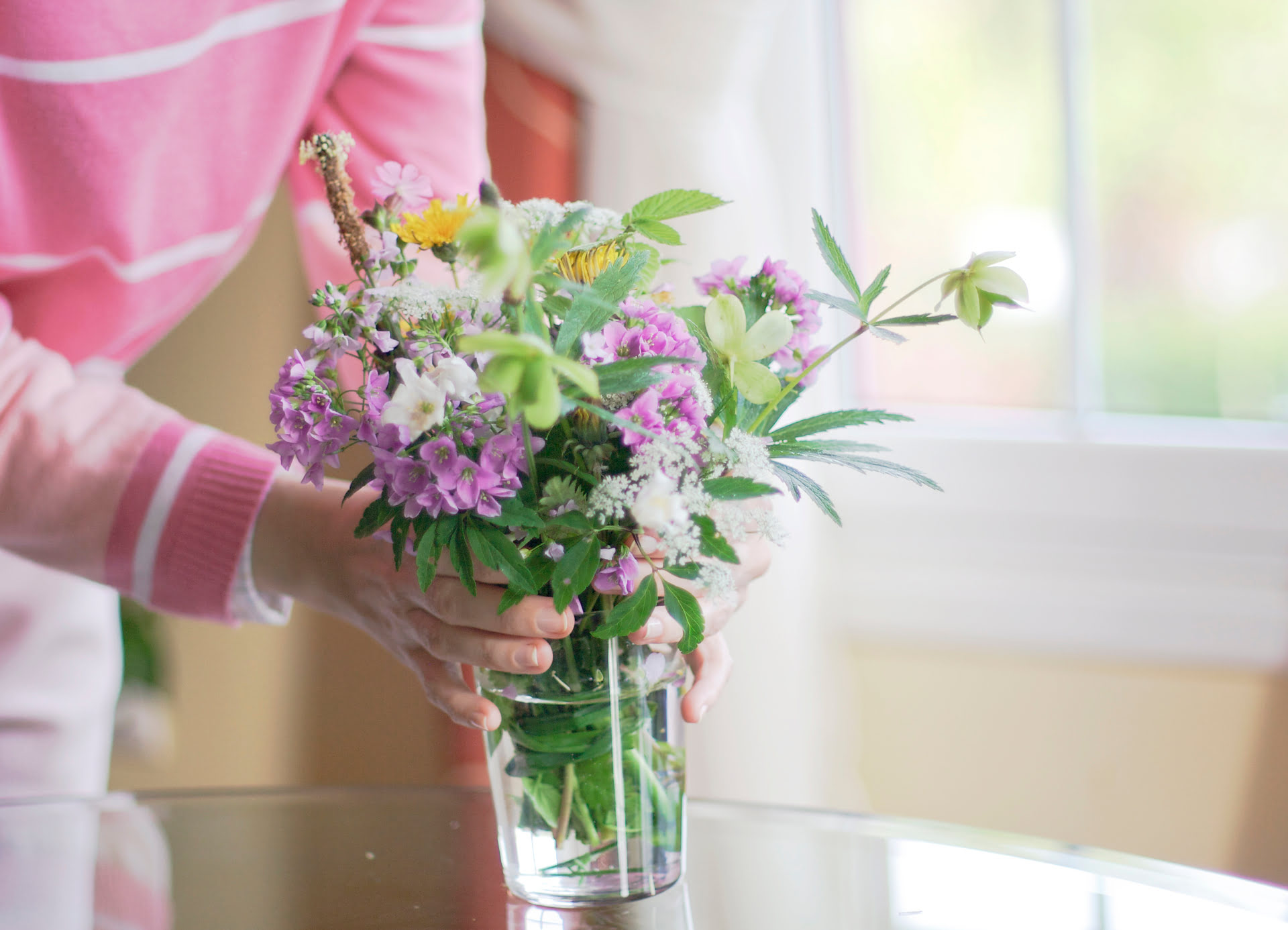

Articles
How To Store Flowers Overnight
Modified: January 6, 2024
Discover effective techniques and tips in our collection of articles on how to store flowers overnight. Ensure your blooms stay fresh and vibrant with our expert advice.
(Many of the links in this article redirect to a specific reviewed product. Your purchase of these products through affiliate links helps to generate commission for Storables.com, at no extra cost. Learn more)
Introduction
Flowers are not only beautiful and fragrant, but they also hold sentimental value in many occasions. Whether it’s a bouquet of roses from a loved one or a collection of flowers from a special event, it’s important to know how to properly store them overnight to retain their freshness and beauty.
When flowers are left out overnight without proper storage, they can wilt, lose their vibrant colors, and look unappealing. However, with a few simple steps, you can ensure that your flowers stay fresh and beautiful until the next morning.
In this article, we will guide you through the process of storing flowers overnight, helping you preserve their freshness and extend their lifespan. We will cover different methods such as storing flowers in water, using the refrigerator, and finding a suitable cool, dark place. So let’s dive in and explore the best ways to store flowers overnight!
Key Takeaways:
- Preserve the beauty of your flowers by choosing resilient blooms like roses and orchids for overnight storage. Proper preparation, including trimming stems and removing excess foliage, is crucial for maintaining their freshness.
- Storing flowers in water, the refrigerator, or a cool, dark place each offers unique benefits. Whether ensuring hydration, slowing the aging process, or maintaining a controlled environment, proper storage methods can extend the lifespan of your flowers.
Read more: How To Store Bouquet Of Flowers Overnight
Choosing the Right Flowers for Overnight Storage
Not all flowers are created equal when it comes to their ability to withstand overnight storage. Some varieties are more delicate and prone to wilting, while others are hardier and can survive longer without water or in cooler conditions.
When selecting flowers for overnight storage, opt for resilient blooms that can hold up well. Roses, carnations, orchids, and chrysanthemums are generally sturdy flowers that can endure overnight storage without significant damage. These flowers have thicker petals and a stronger stem, allowing them to withstand the stress of being stored without water.
On the other hand, delicate blossoms such as tulips, hydrangeas, and daisies are more prone to wilting and may not fare as well in overnight storage. If you have these delicate flowers, it’s best to enjoy them during the day and not attempt to store them overnight.
Additionally, consider the stage of bloom when choosing flowers for overnight storage. Choose flowers that are not fully opened or in the early stages of blooming. These buds have a longer lifespan and are better able to withstand the storage process.
Lastly, take into account the overall health and freshness of the flowers. Avoid selecting flowers that are already wilting, have drooping petals, or show signs of decay. Choosing fresh, vibrant flowers will give you the best chances of successful overnight storage.
By selecting the right flowers for overnight storage, you are setting yourself up for success in preserving their beauty and freshness until the next day.
Preparing the Flowers for Overnight Storage
Before you store your flowers overnight, it’s important to properly prepare them to ensure their longevity and freshness. Follow these steps to prepare your flowers for overnight storage:
- Trim the stems: Start by trimming the stems of your flowers. Use a sharp pair of scissors or a floral knife to make a diagonal cut about an inch from the bottom of each stem. This diagonal cut increases the surface area for water absorption, helping to keep the flowers hydrated for longer.
- Remove excess foliage: Remove any leaves or foliage that would be submerged in the water if you are planning to store your flowers in water. These submerged leaves can promote the growth of bacteria, which can lead to a shorter lifespan for your flowers.
- Remove thorns: If you’re dealing with thorny flowers like roses, consider removing the thorns to avoid any accidents during the storage process. Use a pair of thorn strippers or carefully slide a knife along the stem to remove the thorns.
- Mist the flowers: Lightly mist the flowers with clean water. This helps to replenish any moisture that may have been lost during the trimming process and hydrates the petals. Be careful not to over-mist, as excessive moisture can lead to mold or rot.
- Place in a vase or container: If you are planning to store your flowers in water, place them in a clean vase or container filled with room temperature water. Make sure the water reaches about 1-2 inches up the stems. If you are storing your flowers without water, proceed to the next step.
- Prepare a floral preservative (optional): If you have a floral preservative on hand, mix it with the water before placing the flowers in the vase. Floral preservatives contain nutrients and antimicrobial agents that help extend the life of cut flowers.
By following these preparation steps, you are giving your flowers the best chance of staying fresh and vibrant during overnight storage.
Storing Flowers in Water
Storing flowers in water is one of the most common and effective methods to keep them fresh overnight. This method ensures that the flowers stay hydrated and prevents them from wilting. Follow these steps to store your flowers in water:
- Find a suitable container: Use a clean vase or container that is large enough to accommodate your flowers. Make sure the container is free from dirt, bacteria, or any residue that could harm the flowers.
- Fill the container with water: Fill the container with room temperature water. Use filtered or distilled water if possible, as tap water may contain chemicals or impurities that can affect the lifespan of your flowers.
- Add floral preservative (optional): If you have a floral preservative, mix it with the water according to the instructions provided. Floral preservatives contain nutrients and antimicrobial agents that help nourish the flowers and prevent bacterial growth.
- Place the flowers in the container: Carefully place the trimmed stems of your flowers into the water-filled container. Make sure the stems are fully submerged in the water to maximize hydration.
- Arrange the flowers: Arrange the flowers in a way that they are evenly spaced and not overcrowded. This allows for proper air circulation and prevents the flowers from getting damaged or crushed.
- Find a cool spot: Locate a cool spot in your home away from direct sunlight, drafts, or heat sources. Avoid placing the flowers near ripening fruits, as the ethylene gas emitted by fruits can accelerate the aging process of your flowers.
- Change the water daily: To maintain the freshness of your flowers, change the water in the container every day. Before changing the water, give the stems a fresh diagonal trim to ensure optimal water absorption.
By storing your flowers in water and following these steps, you can help prolong their lifespan and enjoy their beauty for an extended period.
Store flowers overnight in a cool place away from direct sunlight. Trim the stems at an angle and place them in a vase with fresh water. Cover with a plastic bag to retain moisture.
Storing Flowers in the Refrigerator
If you don’t have the option of storing your flowers in water or prefer an alternative method, storing them in the refrigerator can be a viable option. The cool temperature of the refrigerator helps slow down the aging process and keeps the flowers fresh. Follow these steps to store your flowers in the refrigerator:
- Prepare the flowers: Trim the stems of your flowers at an angle and remove any excess foliage or thorns, just as you would for water storage.
- Mist the flowers: Before placing the flowers in the refrigerator, lightly mist them with clean water to provide hydration and keep them fresh.
- Find a container: Place the flowers in a container with some water to keep them hydrated during storage. Use a wide, shallow container rather than a tall one, as it allows for better air circulation.
- Cover the container: Cover the container loosely with a plastic bag or plastic wrap to create a controlled environment and prevent moisture loss.
- Choose the right spot: Place the container of flowers in the main section of your refrigerator, away from fruits, vegetables, or any strong-smelling food items. The ethylene gas produced by certain fruits can accelerate the wilting process of the flowers.
- Check the temperature: Ensure that your refrigerator is set to a temperature between 35 to 40 degrees Fahrenheit (1 to 4 degrees Celsius), as this is the ideal range for floral preservation.
- Avoid overcrowding: Do not overcrowd the refrigerator with too many items, as this can hinder proper air circulation and affect the freshness of the flowers.
- Monitor humidity: Keep an eye on the humidity levels inside the refrigerator. If it gets too high, condensation can form and damage the flowers. If needed, adjust the humidity settings or use a small dehumidifier in the refrigerator.
- Remove the flowers: Take the flowers out from the refrigerator a few hours before you want to display or use them. Allow them to acclimate to room temperature gradually to avoid temperature shock.
By following these steps, you can successfully store your flowers in the refrigerator and enjoy their freshness for an extended period.
Read more: How To Store Flowers
Storing Flowers in a Cool, Dark Place
If you don’t have access to a refrigerator or prefer not to store your flowers in water, storing them in a cool, dark place is another option. This method can help slow down the aging process and preserve the freshness of the flowers. Follow these steps to store your flowers in a cool, dark place:
- Prepare the flowers: Trim the stems of your flowers at an angle and remove any excess foliage or thorns, just as you would for water storage.
- Group the flowers: Bundle the flowers together in small bouquets or bunches, with similar types or colors grouped together. This will ensure easier handling and minimize damage during storage.
- Mist the flowers: Lightly mist the flowers with clean water to provide hydration and keep them fresh. Be careful not to over-mist, as excessive moisture can lead to mold or rot.
- Wrap the stems: Wrap the bottom of the stems with a damp paper towel or floral foam to keep them moist and prevent dehydration.
- Find a suitable container: Place the bundled flowers in a clean vase or container, ensuring that the stems are upright and supported. Alternatively, use a flower sleeve or a plastic bag to cover the flowers and provide a controlled environment.
- Choose a cool, dark spot: Find a location in your home that is cool, ideally between 60 to 70 degrees Fahrenheit (15 to 21 degrees Celsius), and away from direct sunlight or drafts. A dark corner or a closet can be suitable for this purpose.
- Avoid ethylene exposure: Keep the flowers away from ripening fruits, as the ethylene gas emitted by fruits can accelerate the wilting and aging process of the flowers.
- Check periodically: Regularly check on the flowers to ensure they are still fresh. Remove any wilted or decaying flowers to prevent the spread of mold or bacteria.
- Take out before use: Retrieve the flowers from their storage location a few hours before you plan to use or display them. Allow the flowers to acclimate to room temperature gradually.
By following these steps, you can successfully store your flowers in a cool, dark place and maintain their freshness for a longer period.
Removing the Flowers from Storage
Now that you have stored your flowers overnight, it’s time to remove them from their storage and prepare them for display or use. Follow these steps to safely remove the flowers from storage:
- Choose the right time: Plan the removal of the flowers based on when you intend to use or display them. Make sure you allow enough time for the flowers to acclimate to room temperature.
- Take precautions: Before handling the flowers, wash your hands thoroughly to remove any oils, dirt, or bacteria that could potentially harm the flowers.
- Unwrap or uncover: If the flowers were stored in a container or wrapped in plastic, carefully unwrap or uncover them, taking care not to damage the petals or stems.
- Inspect the flowers: Check each flower for any signs of wilting, damage, or decay. Remove any flowers that are no longer fresh or have started to wilt to prevent them from prematurely affecting other flowers.
- Trim the stems: Using a sharp pair of scissors or a floral knife, trim about an inch from the bottom of each stem at a diagonal angle. This fresh cut will help improve water absorption and extend the life of the flowers.
- Remove excess foliage: Remove any leaves or foliage that will be submerged in water if you are placing the flowers in a vase. This will prevent the growth of bacteria and keep the water cleaner for longer.
- Prepare the vase: Fill a clean vase with room temperature water and add any floral preservative if desired. Ensure that the vase is free from dirt and debris that could contaminate the flowers.
- Arrange the flowers: Place the trimmed flowers in the prepared vase, arranging them to your desired style and aesthetic. Take care not to overcrowd the vase, allowing each flower enough space to bloom and breathe.
- Display or use the flowers: Once the flowers are arranged in the vase, you can display them as a centerpiece, gift them to someone special, or use them for any other intended purpose.
By following these steps, you can safely remove your flowers from storage and enjoy their beauty and freshness to the fullest.
Conclusion
Knowing how to store flowers overnight is essential for preserving their beauty and freshness. Whether you choose to store them in water, in the refrigerator, or in a cool, dark place, each method has its own benefits and considerations.
Storing flowers in water ensures hydration and helps prevent wilting. It’s a straightforward method that allows the flowers to continue drinking water and staying fresh. Adding a floral preservative can further enhance their lifespan.
If using the refrigerator, the cool temperature slows down the aging process and maintains the freshness of the flowers. This method is particularly useful if you don’t have access to a vase or prefer not to keep the flowers in water.
Storing flowers in a cool, dark place is another option, suitable for those who prefer not to use water or refrigeration. This method requires proper preparation and maintaining a controlled environment to prevent wilting and decay.
Regardless of the method you choose, proper preparation is key. Trim the stems, remove excess foliage, and provide light misting to keep the flowers hydrated. Pay attention to factors like ethylene exposure, humidity, and temperature control.
When removing the flowers from storage, take precautions to handle them gently and inspect each flower for freshness. Trim the stems and remove any wilted or damaged flowers to ensure the longevity and beauty of the remaining blooms.
Ultimately, the goal is to enjoy the beauty of your flowers for as long as possible. By implementing the correct storage method and following the necessary steps, you can extend the lifespan of your flowers, allowing you to savor their natural beauty and fragrance.
So, the next time you receive a beautiful bouquet or want to preserve flowers from a special occasion, remember these storage techniques. With a little care and attention, you can keep your flowers looking stunning and vibrant overnight, ensuring that their beauty lasts well beyond their initial bloom.
Frequently Asked Questions about How To Store Flowers Overnight
Was this page helpful?
At Storables.com, we guarantee accurate and reliable information. Our content, validated by Expert Board Contributors, is crafted following stringent Editorial Policies. We're committed to providing you with well-researched, expert-backed insights for all your informational needs.

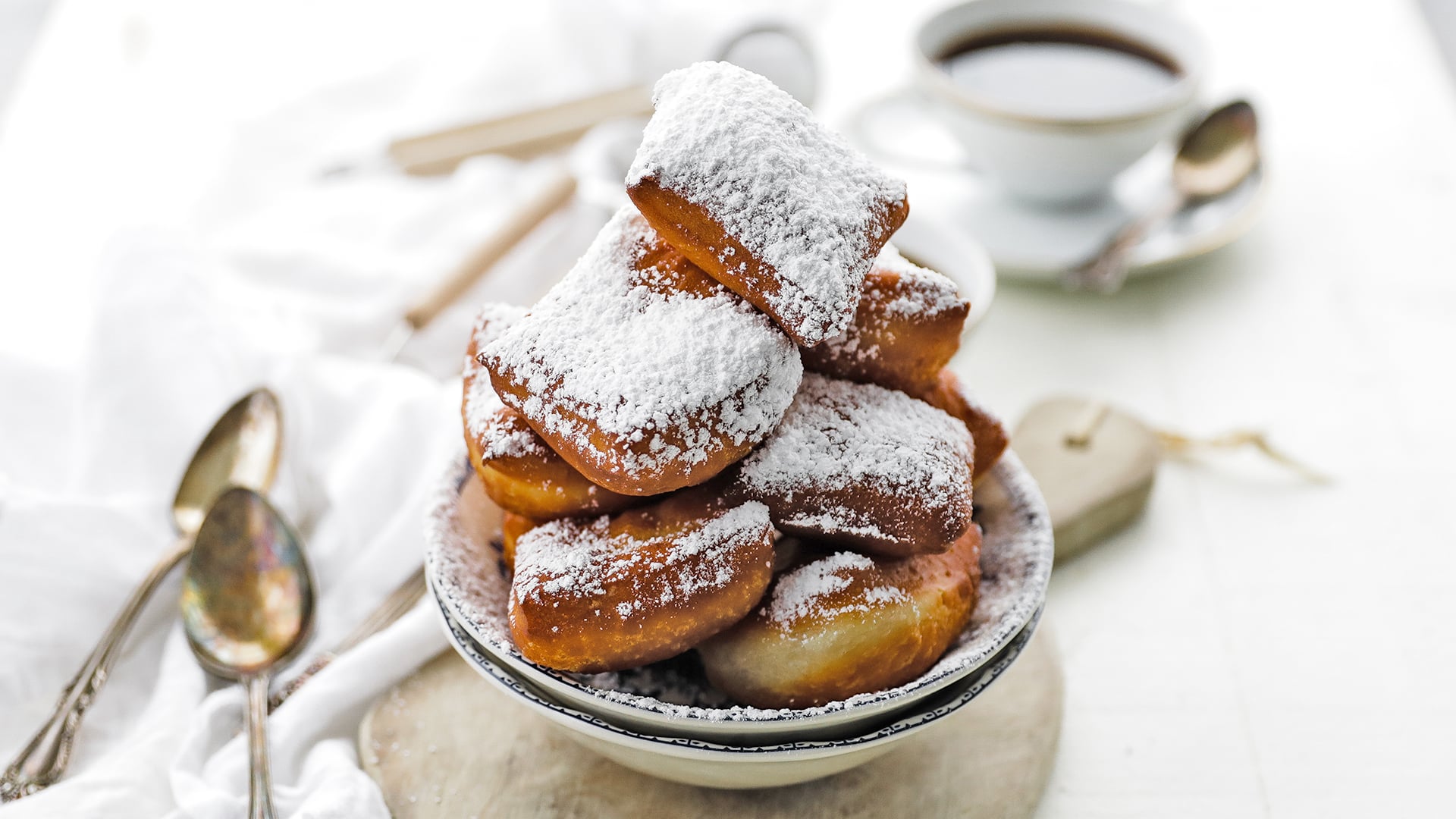

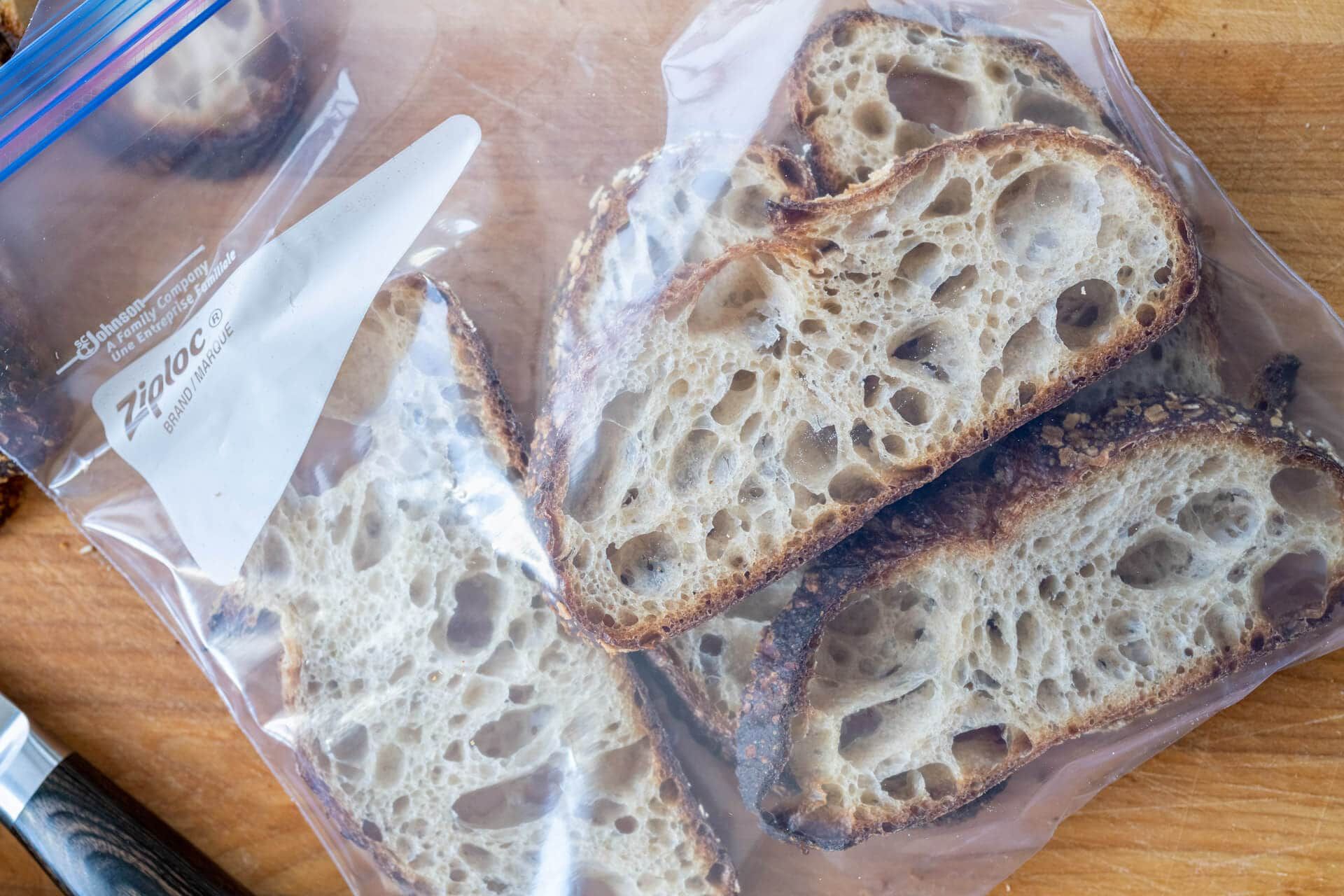


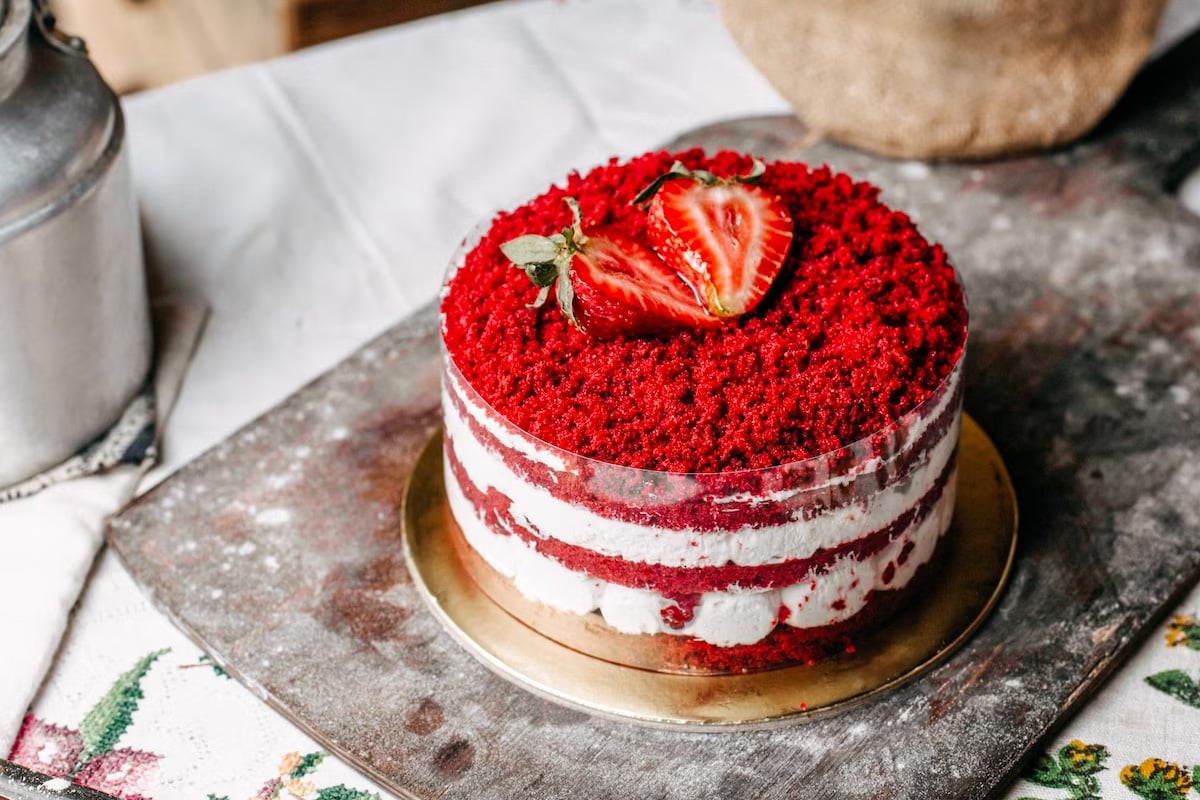


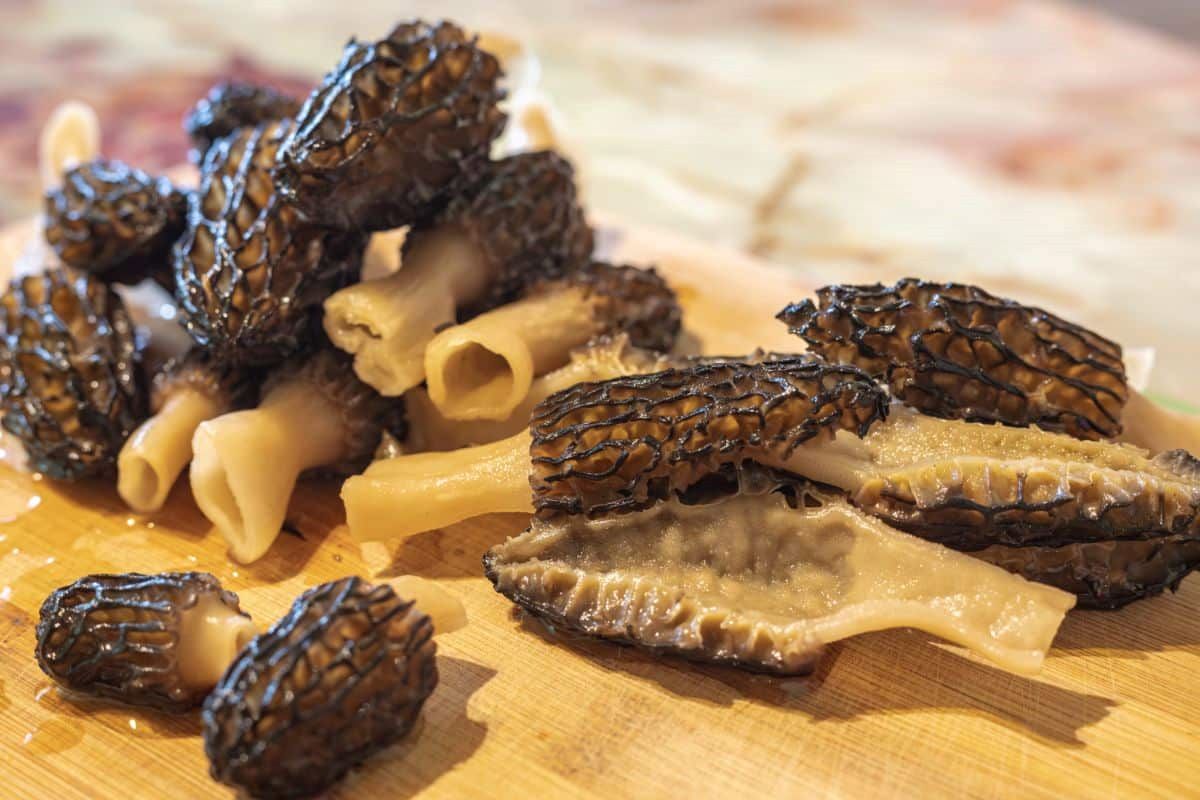


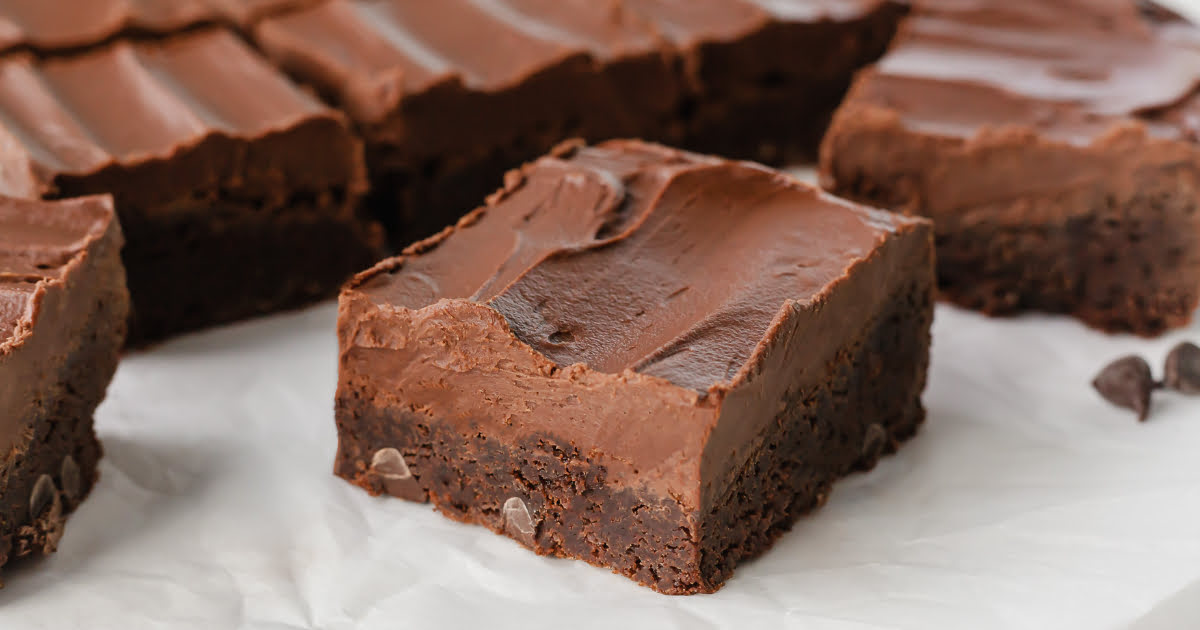


0 thoughts on “How To Store Flowers Overnight”